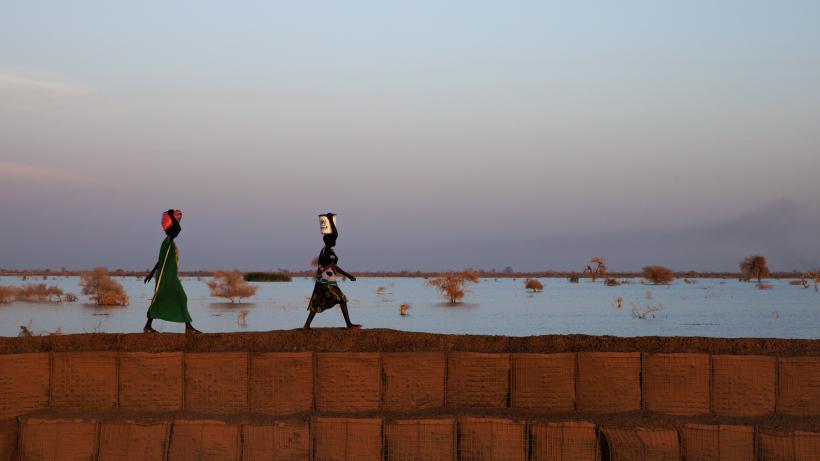
Commentary on climate change: Highlights from the IGC Blog
As COP28 draws to a close, here are some IGC articles that highlight ongoing debates.
Tackling climate change requires global coordination and effort. The impact of climate change varies all over the world but owing to a combination of a geographic coincidence and having fewer resources to adapt and mitigate, developing countries are disproportionately and adversely affected by climate change.
At IGC, we have curated a blog series on climate priorities in developing countries that delves into country-specific opportunities and challenges climate change has presented in low- and middle-income countries.
This year, the IGC released a white paper on Innovation, growth, and the environment, reviewing evidence not just from the rapidly growing field of environmental economics but also delving into literature and policy insights from firms, cities, and states. In this article, the authors, Allegra Saggese, Robin Burgess, Stefano Caria, and Tim Dobermann, consider eight questions for sustainable growth, from reimagining the economic idea of growth to the role of innovation and international coordination.
As extreme weather events become more frequent, bringing devastation to the lives and livelihoods of people, research and policy efforts need to focus on building climate responsive social protection. In this article, Shahid Vaziralli further highlights some encouraging lessons from social protection systems in low-income countries.
Resilience to the impacts of climate change can also be engineered into cities. Victoria Delbridge, Oliver Harman, and Juliana Oliveira-Cunha discuss how cities present the “most viable solutions” to weathering the effects of climate change. Read this article, where they draw insights from their two growth briefs on sustainable urbanisation in developing countries: Cities as places to live and Cities as places to innovate, trade, and work.
Low- and middle-income countries need significant climate financing to implement these adaptation and mitigation efforts, and yet, have for long lacked sufficient access to funding. In this article, Siddarth Sriram explores how financial innovations can help deliver climate funding and thereby, climate justice.
Every winter, across various parts of South Asia, farmers burn crop stubble to prepare their fields for planting new crops. This bears enormous health and environmental costs. Hina Shaikh looks at stubble burning in Pakistan and answers why it continues and how it can be curtailed, and how ‘systems’ of economic, regulatory, and information policy can affect change. Across the subcontinent, in Bangladesh, brick kilns are a major source of air pollution. Read this article by Ashfaqul Chowdhury to learn more about their health and environmental impacts.
To reduce greenhouse gas emissions and prevent the environment from worsening, countries will have to move away from fossil fuels to cleaner sources of energy. In this article, Mphatso Kumwenda sheds light on the potential of microgrids to power rural communities across Africa at lower costs, with greater flexibility, and higher utilisation of renewable sources of energy. Additionally, Mphatso Kumwenda also has articles exploring climate challenges and opportunities for Uganda and Rwanda. The push towards renewables has increased the demand for copper. Zambia has 6% of the world’s copper and in this article, Twivwe Siwale and Eric Werker discuss how Zambia can make the most of the copper mining boom.
The economic literature is replete with evidence on the crucial role of information. In the context of climate resilience, Stefan Leeffers reports that sharing information about flood risks and mitigation improved collaboration among communities in Mozambique. In Ethiopia, Seneshaw Tamru, Bart Minten, Bethelhem Koru Aga, Abonesh Tesfaye, and Dawit Solomon, find that information about the weather and rain forecasts, improved agricultural yield, almost as much or more than other agricultural technologies such as improved seeds and fertilisers.
Read more in the climate priorities in developing countries blog series.

